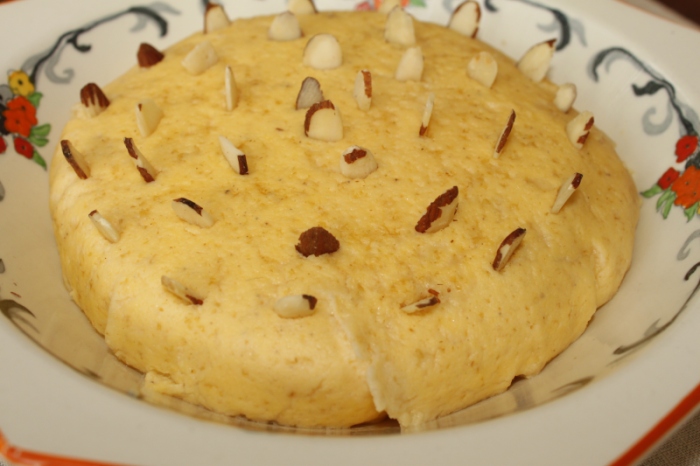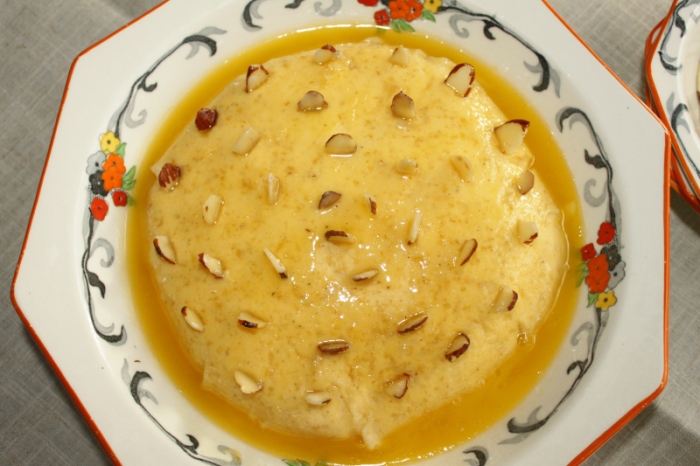I made these peach snowballs months and months ago, but never quite got around to writing up the recipe. We’ve talked before about Mina Lawson’s The Antipodean Cookery Book when I made potato corks. Just like the potato corks, these peach snowballs are all about fast, cheap and filling food; they only have three ingredients after all!
The Recipe
Recipes like this one are known from the late 18th century and continue to appear throughout the 19th century. Nearly all are balls of rice wrapped around an apple, or apple pieces, but some are more unusual. Rachel Snell has written about snowballs in the context of 19th century class concerns and budget constraints[1]. She has suggested that the rice versions may be a variation on earlier dumpling recipes which use pastry rather than rice. Another possible forerunner of the snowball might be something like the recipe for ‘A cheap Rice Pudding’ from The Whole Duty of a Woman[2]. This recipe calls for the rice to be mixed with raisins then gathered in a pudding cloth and boiled.
Yet another variation is to omit the apple and a recipe for this appears in the Canadian book The Frugal Housewife’s Manual, where we are instructed to simply form balls of rice and serve them with a sauce[3]. A similar recipe appears in an 1895 Australian newspaper, however these snowballs are moulded in cups rather than being boiled in a cloth[4]. Interestingly, this is followed by a recipe for ‘Apple Dumplings’ which are clearly the same as ‘Snowballs’.
Yet in all these recipes, except for the one with raisins and a single Eliza Acton recipe which uses oranges[5], the fruit is always apples. This makes the following recipe for peach snowballs in The Antipodean Cookery Book rather unusual.
“Peach Snowballs: – Ingredients: 1 pound of rice, some sugar, 6 peaches. Mode: Throw the rice into a saucepan of boiling water and let it boil from five to seven minutes. Drain it, and when it has cooled spread it in equal parts on six small pudding cloths. Peel the peaches carefully, coat them thickly with sugar and place one in the centre of each layer of rice; gather the cloth round and securely tie it. Then plunge these puddings into boiling water, and when done turn them out, sprinkle with sugar, and serve with a sweet sauce over them. Time, one hour and a half to boil.”[6]
The Redaction
As I’m sure you’ve already figured out from the picture above, I had a lot of difficulty getting the rice to form a nice smooth ball around the peaches. Kevin Carter over at Savoring the Past has an excellent article about apple snowballs, and it includes a video which you might want to watch if you are going to give this recipe a go. He also recommends using medium grained sticky rice, and that might be better than the long grained rice that I used.
Peach Snowballs
For 2 snowballs
150g rice
Sugar
2 peaches
- Bring a saucepan of water to the boil and add the rice. Boil for 5-7 minutes. Drain the rice and allow to cool slightly.
- Carefully peel the peaches and roll them in sugar until evenly covered.
- Bring a large saucepan of water to the boil.
- Cut a piece of calico into 2 squares with sides about 20cm long. Place half the drained rice into the middle of each square and spread it out in a circle. Place the peach in the middle and gather the four corners of the cloth at the top. Use your hands to spread the rice around the peach and when it seems to be evenly covered tie off the cloth.
- Place the balls into the boiling water and boil for an hour and a half.
The Round-Up
The Recipe: Peach Snowballs from The Antipodean Cookery Book by Mrs Lance Rawson
The Date: 1895
How did you make it? See above.
Time to complete?: 2 hours.
How successful was it?: The peach was delicious, but the rice fell apart around and was so watery that it didn’t taste very good.
How accurate?: I’m not sure what type of rice Mrs Lawson would have used, I used what I had on hand and maybe it was the wrong type since it didn’t hold together well.
[1] Rachel A Snell, “Snowballs: Intermixing Gentility and Frugality in Nineteenth Century Baking,” The Recipes Project, August 13, 2015, http://recipes.hypotheses.org/category/family-and-household.
[2] Anonymous, The Whole Duty of a Woman, Or, An Infallible Guide to the Fair Sex: Containing Rules, Directions, and Observations, for Their Conduct and Behavior Through All Ages and Circumstances of Life, as Virgins, Wives, Or Widows : With … Rules and Receipts in Every Kind of Cookery … (London: Printed for T. Read in Dogwell Court, White-Fryers, Fleet Street, 1737), 476.
[3] A.B of Grimsby, The Frugal Housewife’s Manual : Containing a Number of Useful Receipts, Carefully Selected, and Well Adapted to the Use of Families in General : To Which Are Added Plain and Practical Directions for the Cultivation and Management of Some of the Most Useful Culinary Vegetables (Toronto: s.n., 1840), 9, http://eco.canadiana.ca/view/oocihm.90013/13?r=0&s=1.
[4] “SOME RICE RECIPES.,” Leader, June 15, 1895.
[5] Eliza Acton, Modern Cookery, in All Its Branches: Reduced to a System of Easy Practice, for the Use of Private Families. In a Series of Receipts, Which Have Been Strictly Tested, and Are Given with the Most Minute Exactness (Lea and Blanchard, 1845), 282.
[6] Mrs. Lance Rawson, The Antipodean Cookery Book and Kitchen Companion (Kenthurst, NSW: Kangaroo Press, n.d.), 64.
Bibliography
A.B of Grimsby. The Frugal Housewife’s Manual : Containing a Number of Useful Receipts, Carefully Selected, and Well Adapted to the Use of Families in General : To Which Are Added Plain and Practical Directions for the Cultivation and Management of Some of the Most Useful Culinary Vegetables. Toronto: s.n., 1840. http://eco.canadiana.ca/view/oocihm.90013/13?r=0&s=1.
Acton, Eliza. Modern Cookery, in All Its Branches: Reduced to a System of Easy Practice, for the Use of Private Families. In a Series of Receipts, Which Have Been Strictly Tested, and Are Given with the Most Minute Exactness. Lea and Blanchard, 1845.
Anonymous. The Whole Duty of a Woman, Or, An Infallible Guide to the Fair Sex: Containing Rules, Directions, and Observations, for Their Conduct and Behavior Through All Ages and Circumstances of Life, as Virgins, Wives, Or Widows : With … Rules and Receipts in Every Kind of Cookery … London: Printed for T. Read in Dogwell Court, White-Fryers, Fleet Street, 1737.
Rawson, Mrs. Lance. The Antipodean Cookery Book and Kitchen Companion. Kenthurst, NSW: Kangaroo Press, n.d.
Snell, Rachel A. “Snowballs: Intermixing Gentility and Frugality in Nineteenth Century Baking.” The Recipes Project, August 13, 2015. http://recipes.hypotheses.org/category/family-and-household.
“SOME RICE RECIPES.” Leader. June 15, 1895.
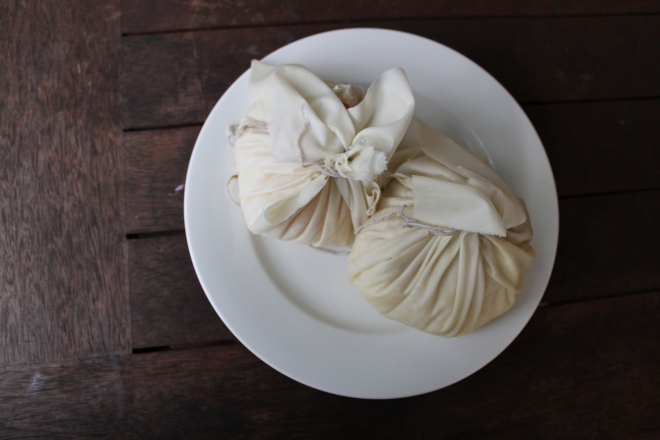
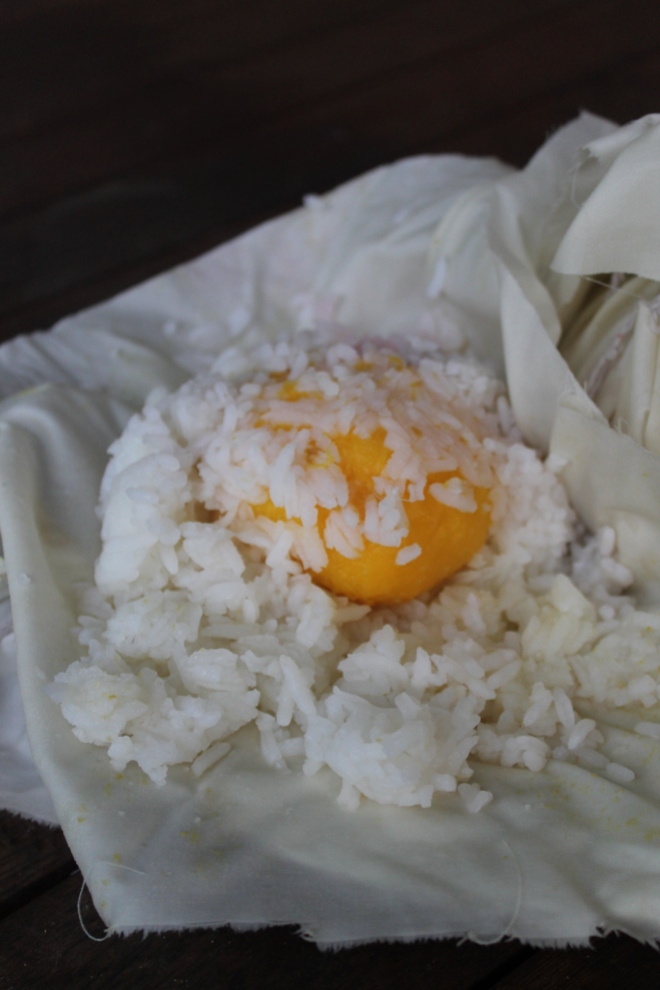
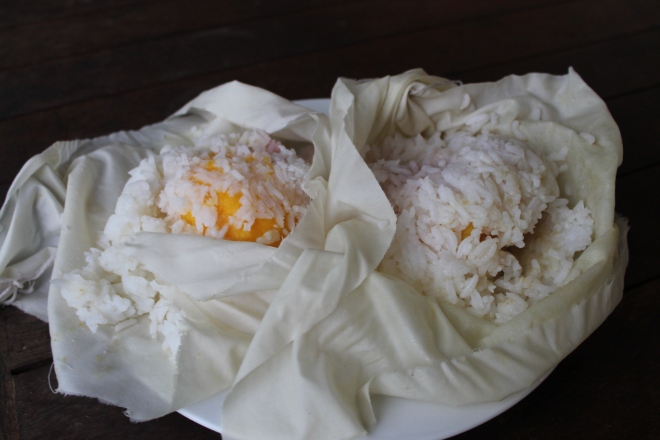
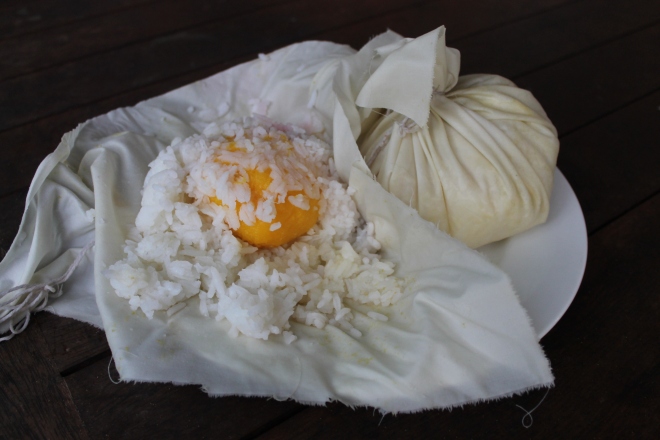




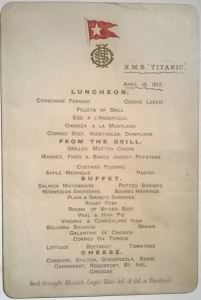
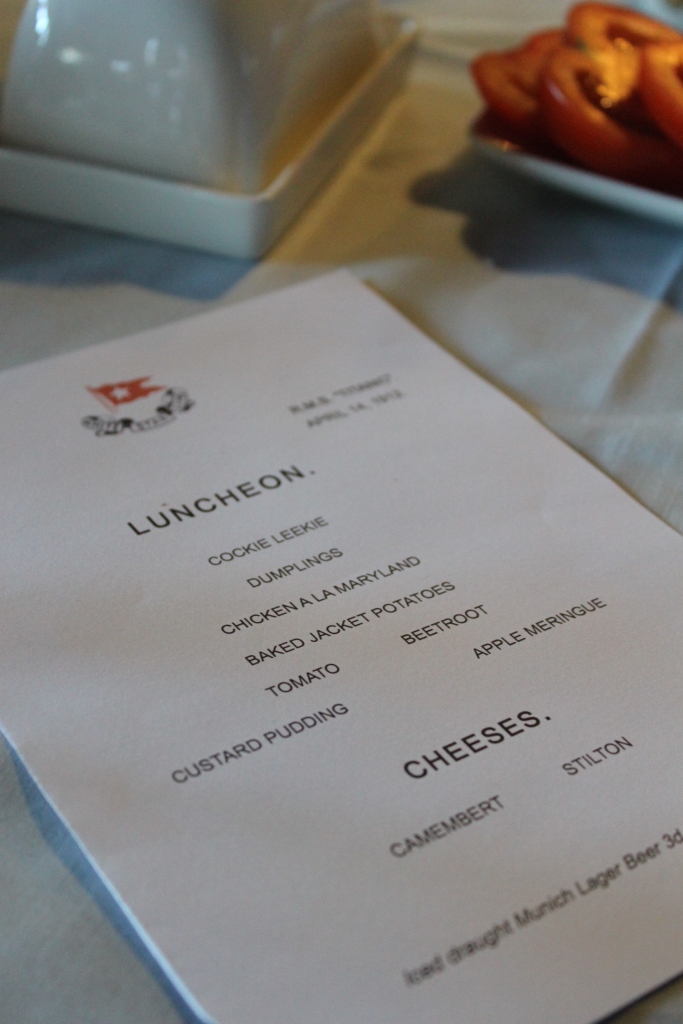
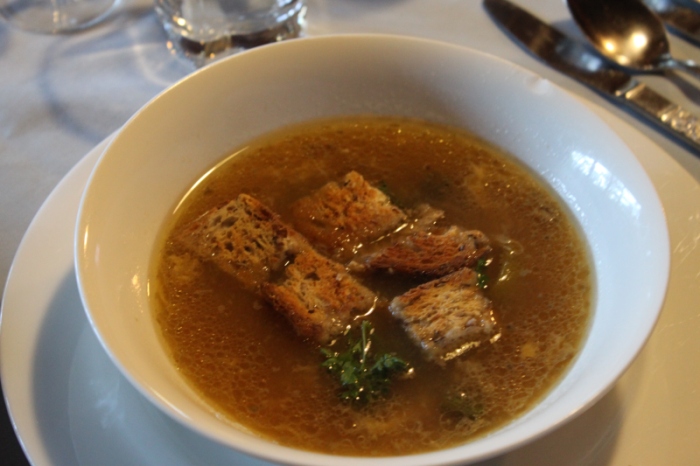
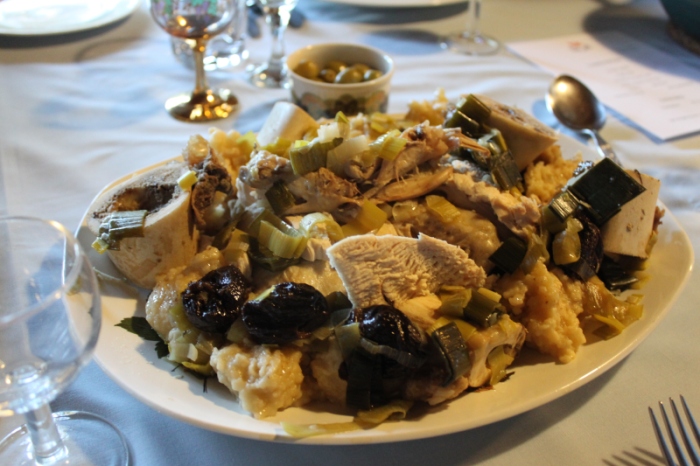
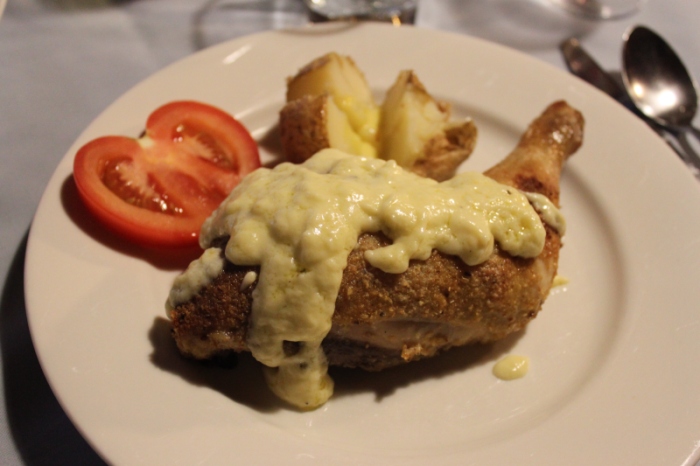
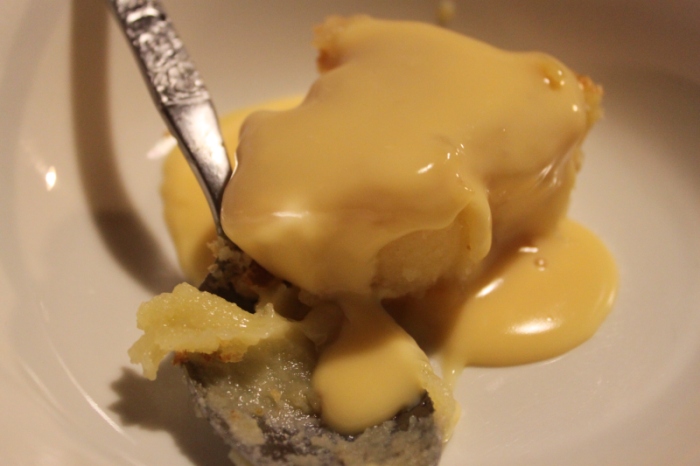
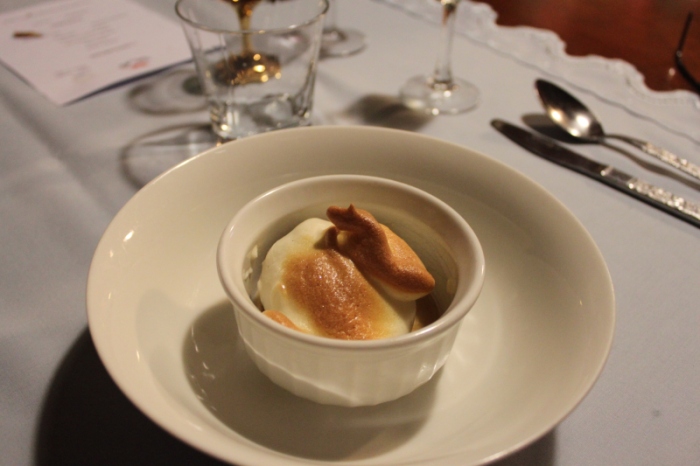
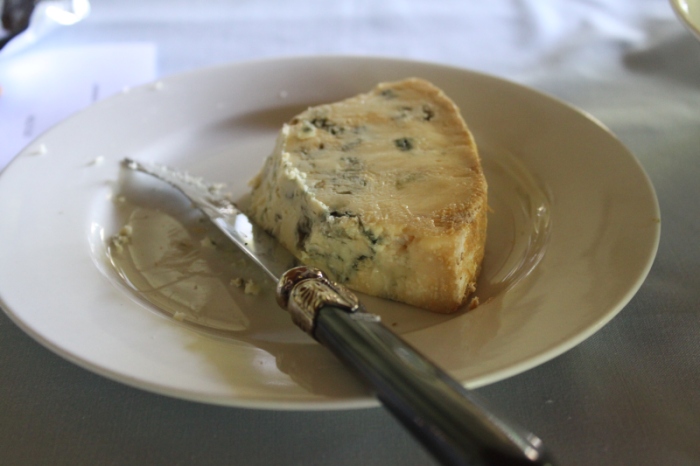
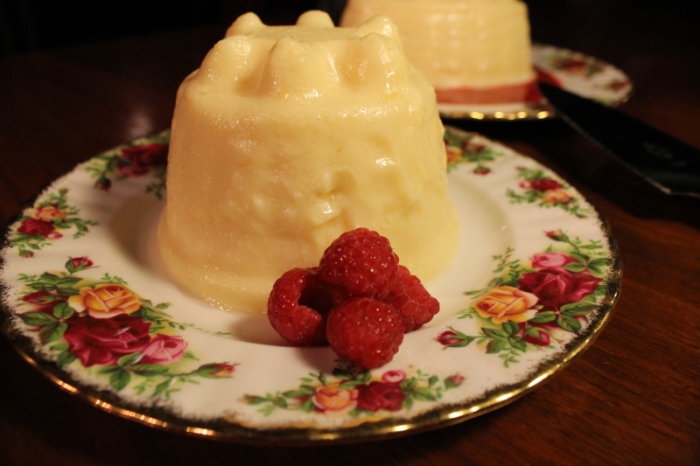
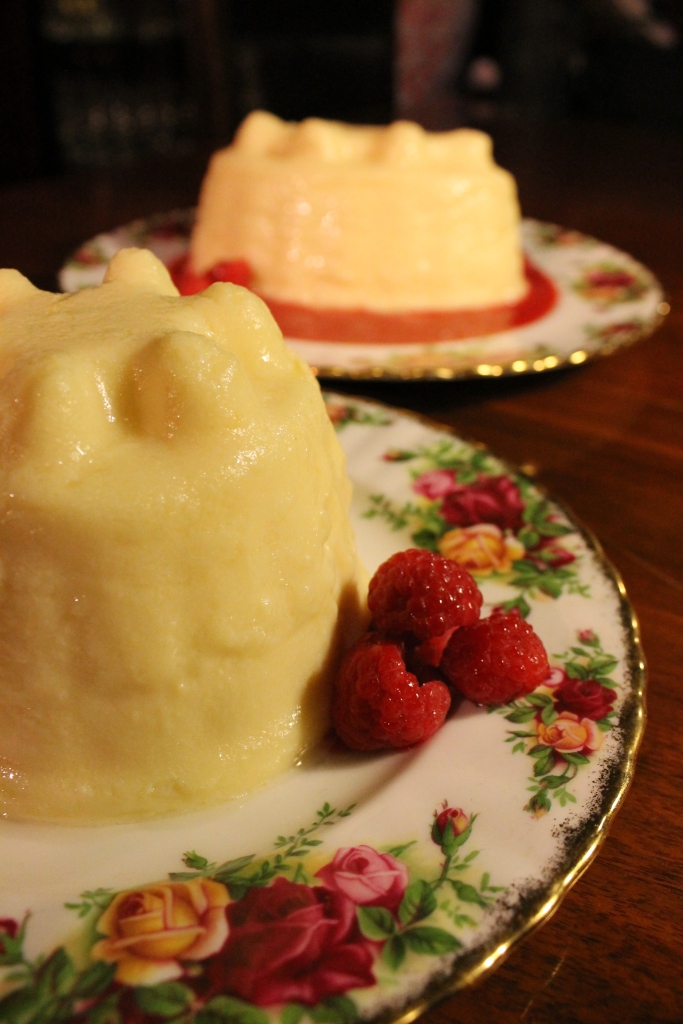


![Image taken from page 23 of 'Recollections of Old Christmas: a masque. Performed at Grimston. [By Thomas C. Croker.]' Courtesy of the British Library.](http://turnspitandtable.files.wordpress.com/2014/09/pudding-picture.jpg?w=800&resize=700%2C390)
